“How to Partner With Procrastination”
I watched a squirrel fall 60 feet through the air and hit the ground this morning.
Two squirrels were making a ruckus high up in the trees, and it was exactly when I looked up that one of them dropped through the air.
I thought it was a huge pine cone until it hit the ground, bounced and became a squirrel leaping onto the trunk of the closest tree, perhaps stunned but remarkably alive. It was shocking.
Falling can be terrifying. You have no control; and zero certainty.
The same is true of the creative process—it requires you to commit to the liminal space between the known and the not-yet-manifest, and demands you surrender control.
Relief turned to curiosity. How could this tiny creature survive a fall from that height?
Dr. Cheryl Miller, a certified wildlife biologist and expert on squirrel behavior says: "Squirrels are nimble creatures and they're very good at landing on their feet." When they fall, squirrels spread their limbs wide to increase air resistance and hit the ground like a bushy-tailed pancake. This helps spread the force of the impact over a greater area to prevent injury.
Here's the most intriguing part:
TERMINAL VELOCITY
"The squirrel may be one of the biggest animals that can survive a fall from any height thanks to the laws of physics. When an object is in free fall, it has two opposing forces acting on it – gravity (which pulls it down) and aerodynamic resistance (which pushes it up).
Aerodynamic resistance is the force acting on an object that is moving through space. The air resists the object's movement, slowing it down by friction created as the object collides with air molecules. At some point during the fall, these opposing forces will balance, and the speed of the fall will stabilize.
Terminal velocity is the maximum speed a particular object will reach during a fall, and it's the sweet spot where falling and resistance merge into flow.
Thanks to its low rate of terminal velocity (25 mph), the squirrel can stabilize its speed within the first three seconds of a fall and will then travel at the same speed regardless of whether it falls from a tree or the stratosphere."
Thanks for capturing my attention acrobatic falling squirrel, and teaching me something I never knew! And for causing me to wonder:
WHAT IF THIS IS A METAPHOR FOR THE CREATIVE PROCESS?
You set out full of enthusiasm, the creative field calling you forward (falling into inspiration) and then you encounter the rising force of resistance (fear, doubt, second-guessing) and you think you have to struggle with that resistance in order to keep going.
But what if you don't?
What if, when you feel the resistance rise, you let yourself fall into it, pay attention, and wait.
Wait until you can feel the resistance and your creative urge meet—and as they make contact, make space for that interaction to stabilize.
You don't have to leave; get the laundry going, search the cupboards for snackage, scroll your socials.
You could stay put, feel the meeting of these inevitable forces as a sweetspot, and lean into the block pause to:
regulate confronting emotions
intuit the feedback your work is offering
reconnect with the flow of your creative impulse
adjust your tack
align with the sweet spot of your terminal creative velocity
No problem here, just flow meeting resistance. Life, doing what it does.
You too can learn from the wonder of acrobatic falling squirrels.
Trust you are made for bold, daring and impressive leaps of faith—and get on with getting the magic of you into the world.
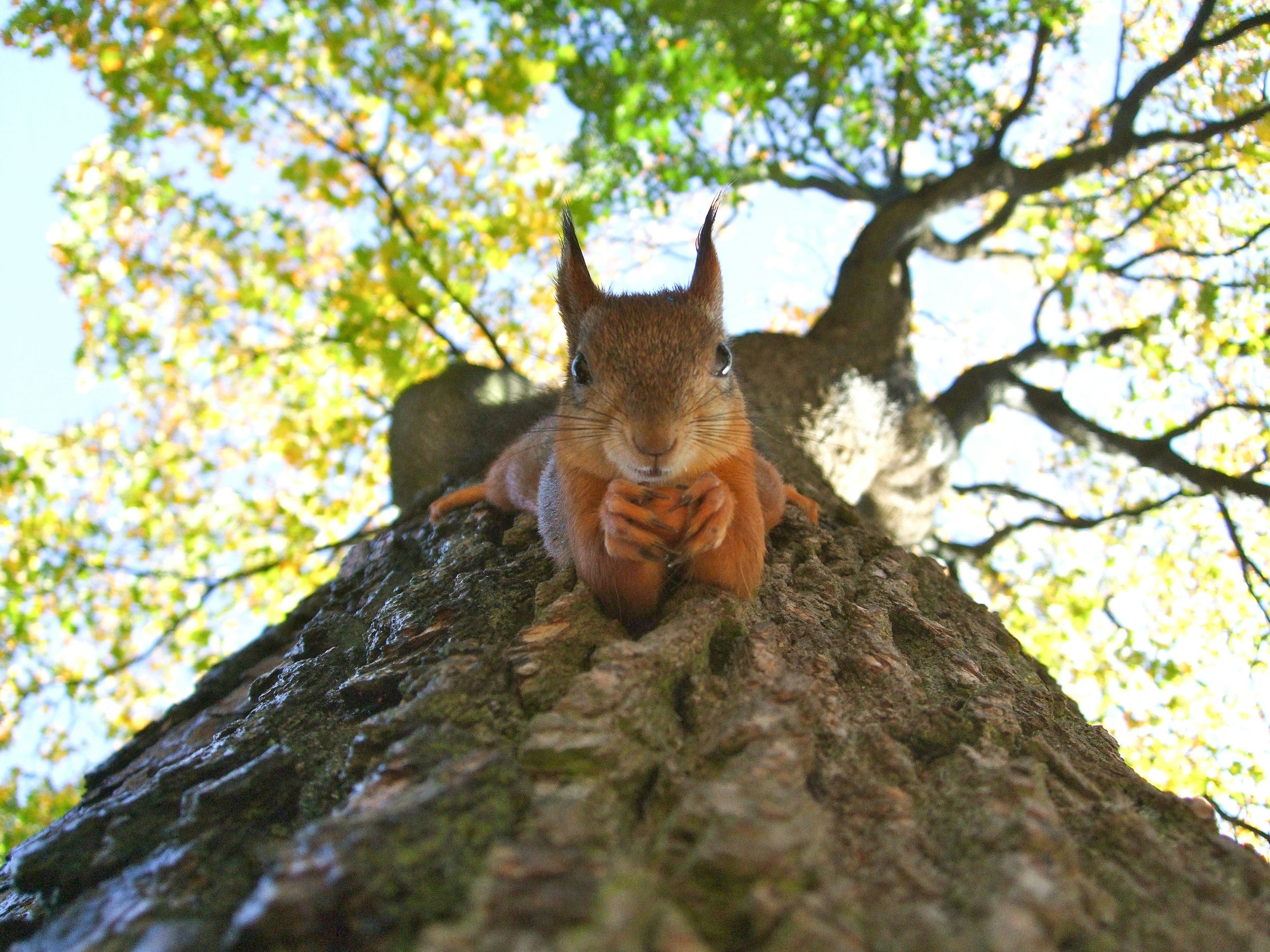
Photo by Transly Translation Agency on Unsplash
Want to collaborate to create some magic in your life?
RECENT BLOG POSTS
The creative process requires you to commit to the liminal space between the known and the not-yet-manifest, and demands you surrender control. But first ~ procrastination.
We live in a culture that supports and encourages the ideal of self-sufficiency, and most of us spend our lives striving for it. It’s a myth, and believing it comes with a steep price.
For all that beauty gives, it invites us to bring something of ourselves in return, because this kind of magic is a two-way street. I like to think of this list as an inside track to wonder...
“Feel the Pressure. Be Brave. Do Your Best”
The thing with fear, or anything that blocks us from being curious, creative and engaged, is it’s almost never about our current experience.
“Sovereignty” - The Mandala Project: #56
When you cultivate a steady, empowered sense of self, you don’t need permission, control or a safety net. You just need to show up and shine.
“Flow” - The Mandala Project: #55
Flow is what you feel when you’re holding a stable, steady centre while the currents of the universe are swirling around you with infinite possibilities of disruption.
“Fracturing” - The Mandala Project: #54
In the fragments of what we wish was unbreakable, we might begin to see the ways that its very solidness needs to fracture to support us in becoming the next thing we’re meant to be.
“Dog Magic” - The Mandala Project: #106
When the door’s open, there’s just no stopping magic from inviting itself on in.
“Gathering” - The Mandala Project: #53
We are born of something bigger and more ancient than whatever form we’re taking in this specific moment. We are fluid, unique expressions engaged in a conversation with the creative power of life rearranging itself.
“Connected” - The Mandala Project: #52
There is a deep relationship and conversation between all things. Essential information is being passed through us and between us, love weaving its way along never-ending currents of aliveness.
“Co-Conspirator” - The Mandala Project: #51
More than any that had come before, this mandala revealed the magic that is activated when we show up for the call.
"Charmed" - The Mandala Project: #50
The flirtation of the natural world is ever-present, enticing you to fall irrevocably under its spell and awaken more deeply to the wonder of being alive.
"Nesting" - The Mandala Project: #49
Nesting is an intimate act of self-care, a tangible manifestation of our deep-seated need for safety, comfort and a place in this vast world we can call our own.
"Threshold" - The Mandala Project: #48
Sacred thresholds are powerful gateways that connect the ordinary to the extraordinary.
"Continuum" - The Mandala Project: #47
Life—home in the truest sense of the word—is not a stationary place. It is infinitely rearranging itself in relationship with what’s come before, and what is emerging now.
"Enchantment" - The Mandala Project: #46
To enter into enchantment is to allow the spell of mystery to ignite your imagination and to follow the allure of its mesmerizing call.
"Shapeshifter" - The Mandala Project: #45
It’s fascinating what magic emerges when we trust that we inhabit a world where everything is connected, where change and transformation are the only constants, and where the adventure is to keep tuning in to the rhythm and movement of mystery.
"The Magician" - The Mandala Project: #44
You discover treasure when you open to perceive the glimmers of magic all around you, but when you’re willing to deeply enliven it with the wonder of your imagination then its warmth truly finds home in your being.
"Storm Watch" - The Mandala Project: #43
Storms are big, sometimes epically so. But while they seem to disrupt our rhythm and flow, that the very nature of them is vibrant aliveness helps instill trust that the force of them is a necessary, essential part of our lives.
"Grasshopper Divination”
When you hold that which is ‘dead’ with the full presence of your aliveness it lives on, collaborating and co-creating with the Cosmos in new and surprising ways.
"Oracle" - The Mandala Project: #42
Divine communication is always in the space and when we open to perceive it, we are gifted with the wisdom of shimmering things.
"Earth Elder" - The Mandala Project: #41
Grief is becoming intimate with the immovable truth that we’re not meant to hold on to or possess that which we love.
"Descent Into Grief" - The Mandala Project: #97
What if, instead of seeking to transcend pain, we choose to dive deeper, to explore the bigger truths that live beneath the surface of it?
"Becoming" - The Mandala Project: #40
Instead of the personality self you know so well, what’s possible when you imagine you’re in a process of becoming something new all the time?
The Mandala Project: #39
When you’re not on the lookout for joy, life can feel like one hard little thing after another—but when you orient to wonder, you can always find evidence of good cheer working its charm in the world.
The Mandala Project: #38
What serious magic is possible when you summon your unique super power and direct it into the world?
The Mandala Project: #37
Offering our unique ‘something’ to the world in the way that only we can might very well be our best and most essential contribution to the tending of the Universe.
The Mandala Project: #35
In the burning down of old ideas and identities, this Mandala reminds us that we are held and guided by beings who swim alongside us in times of transition, showing us how to move with ease through the currents of liminal space.

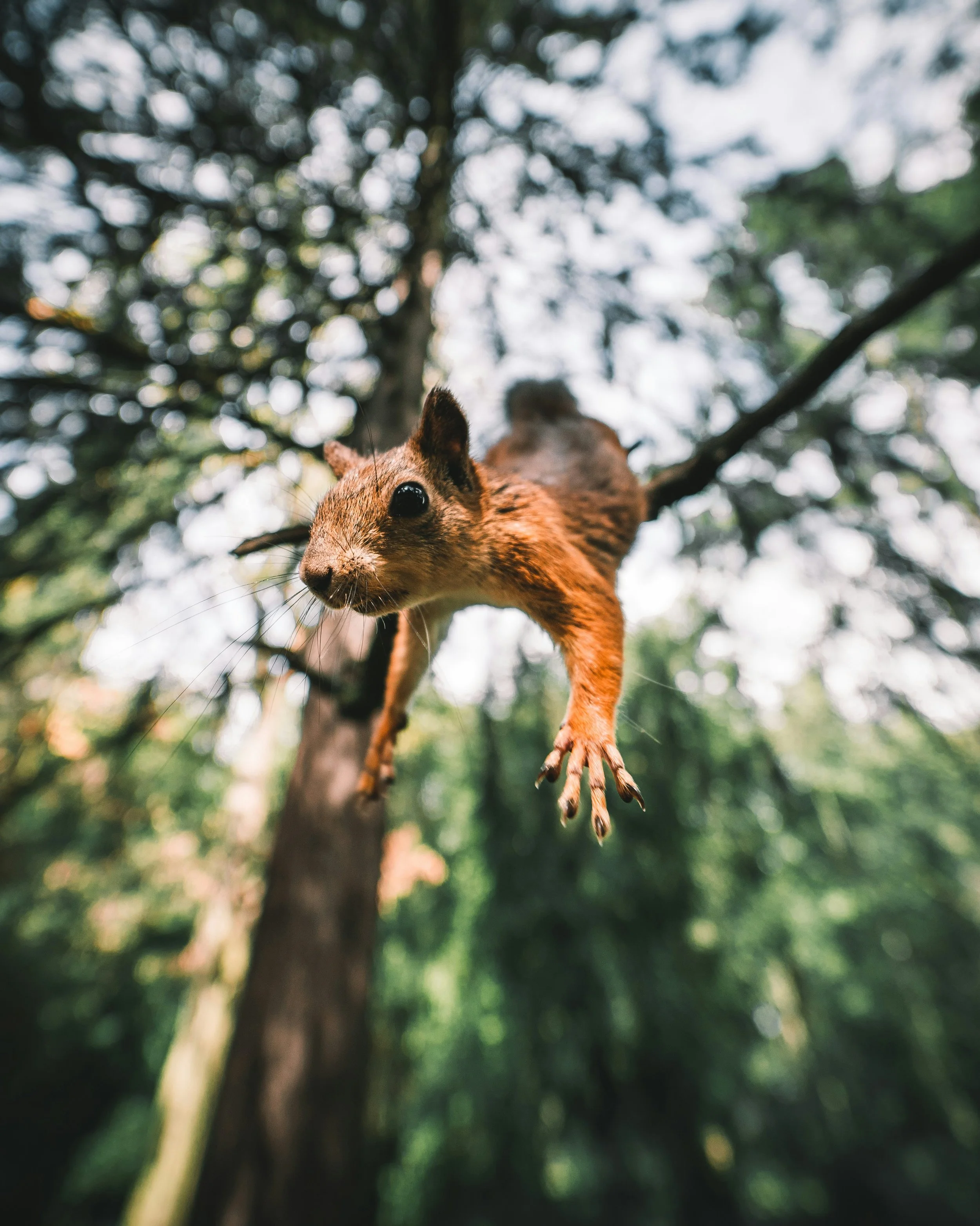
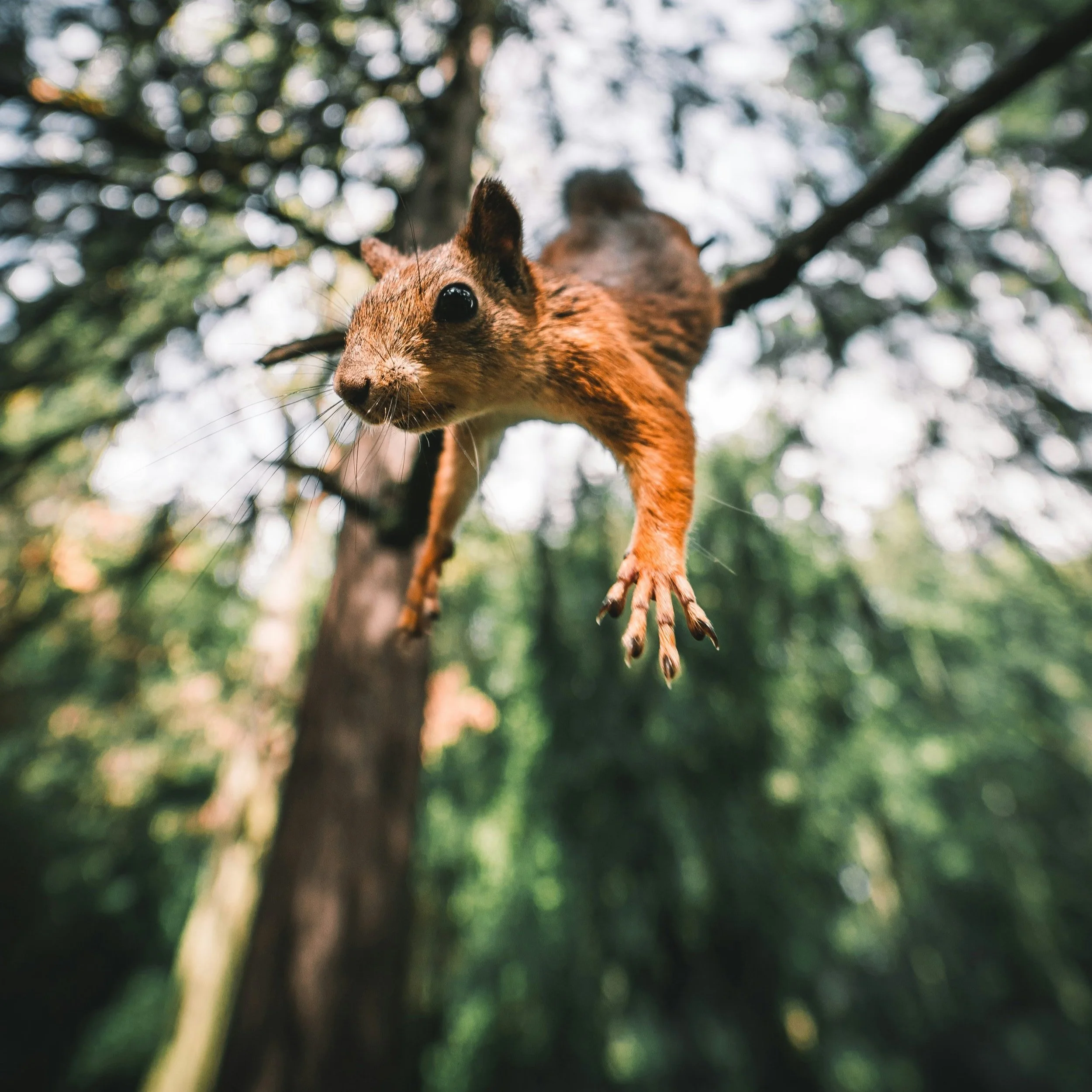


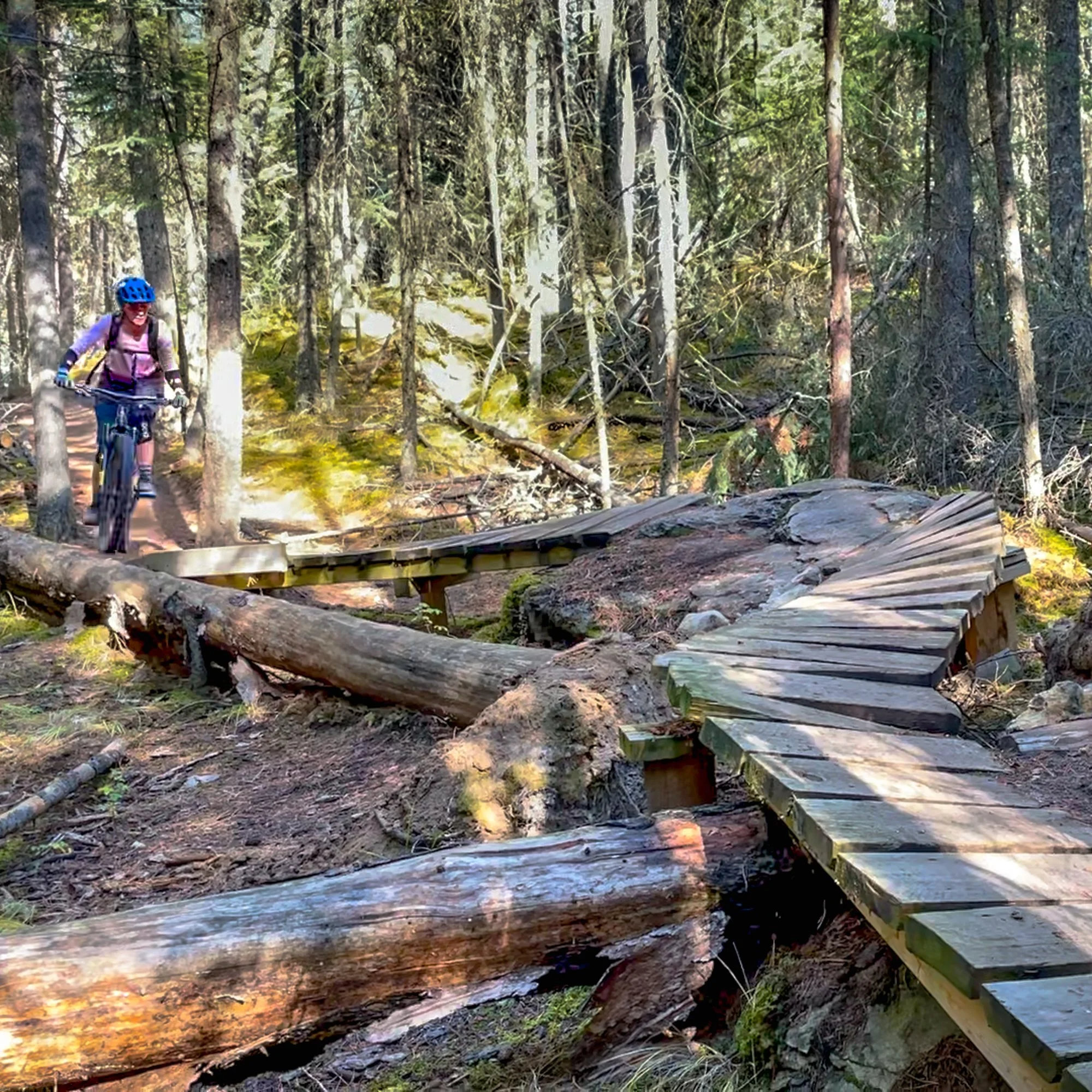



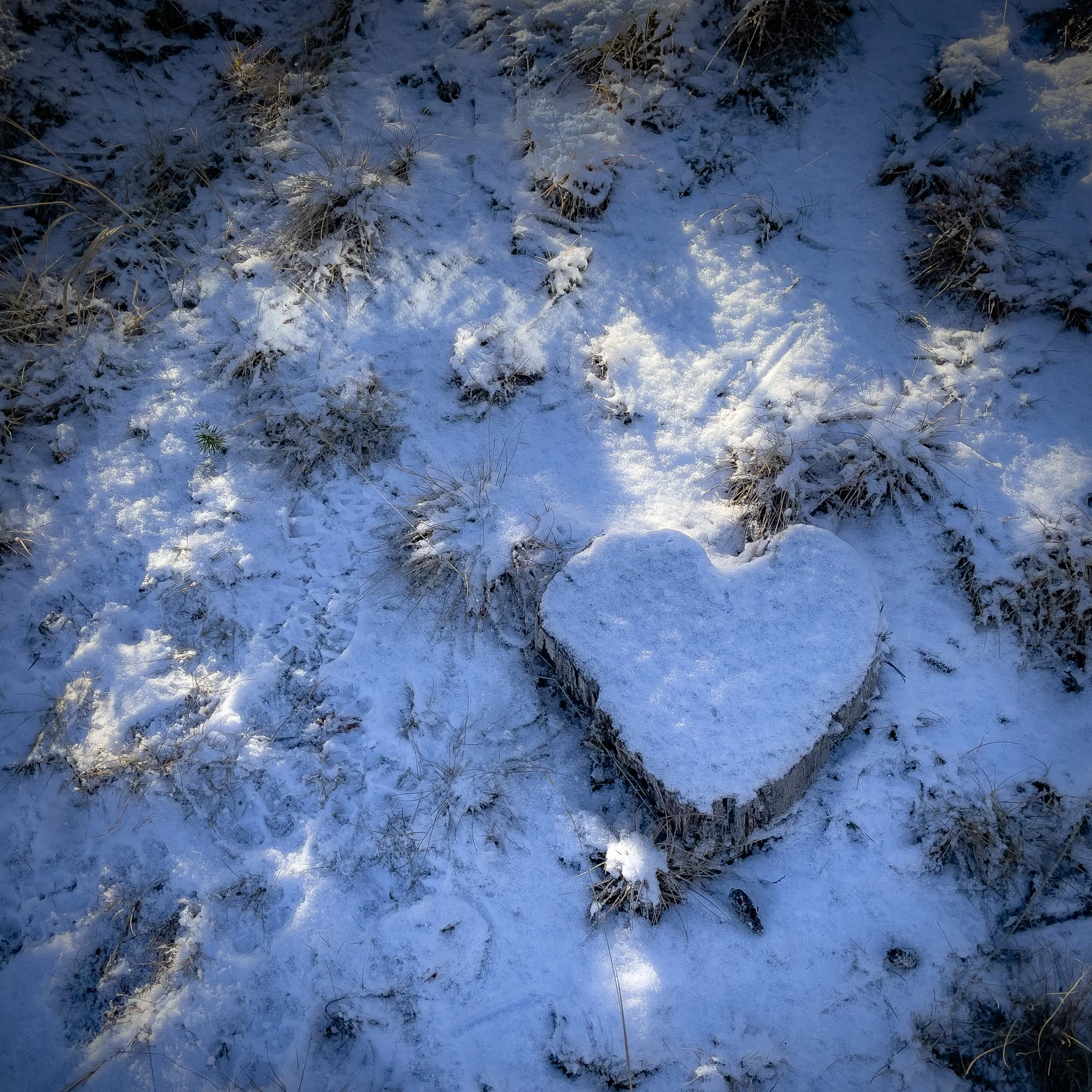




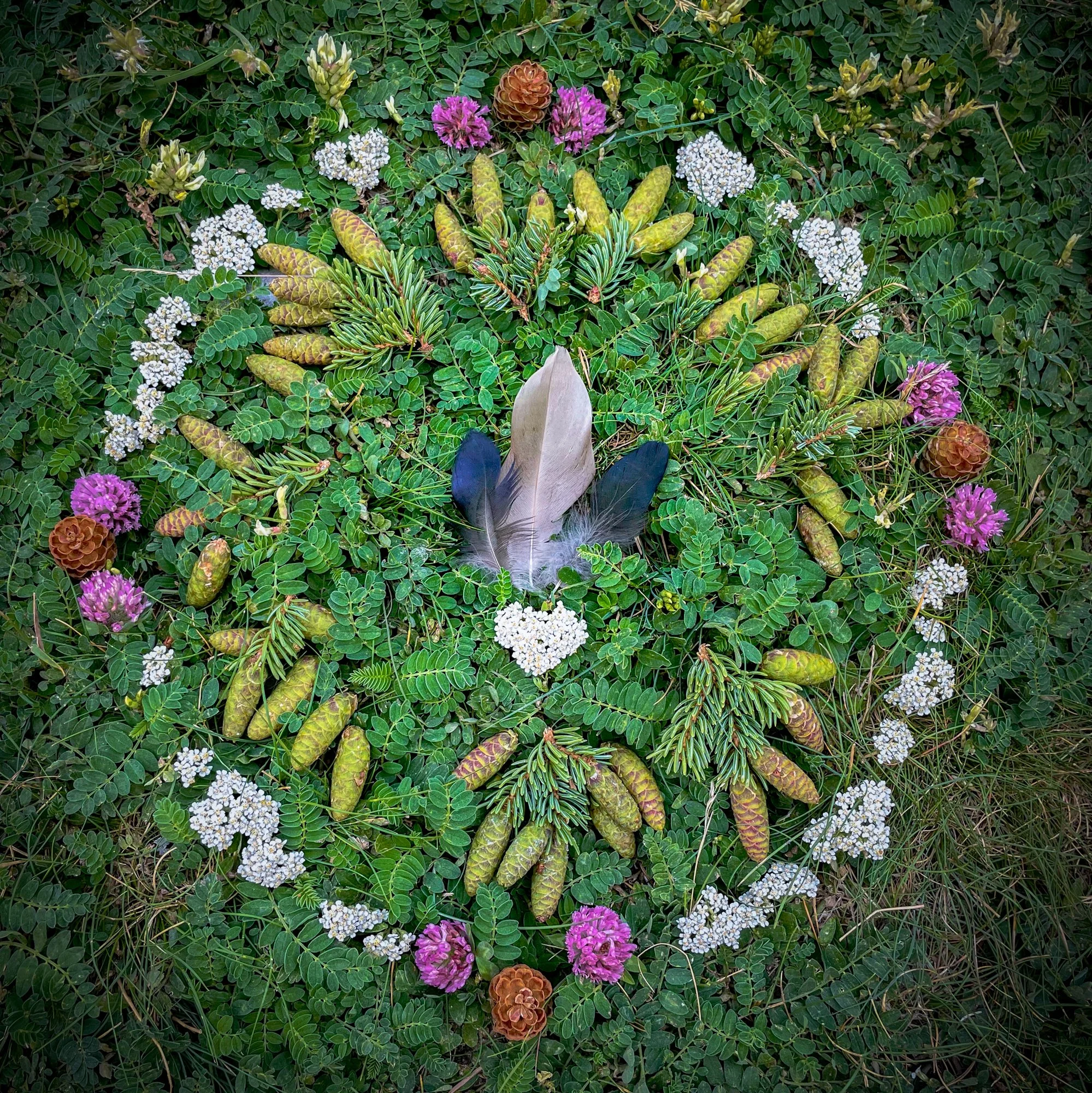



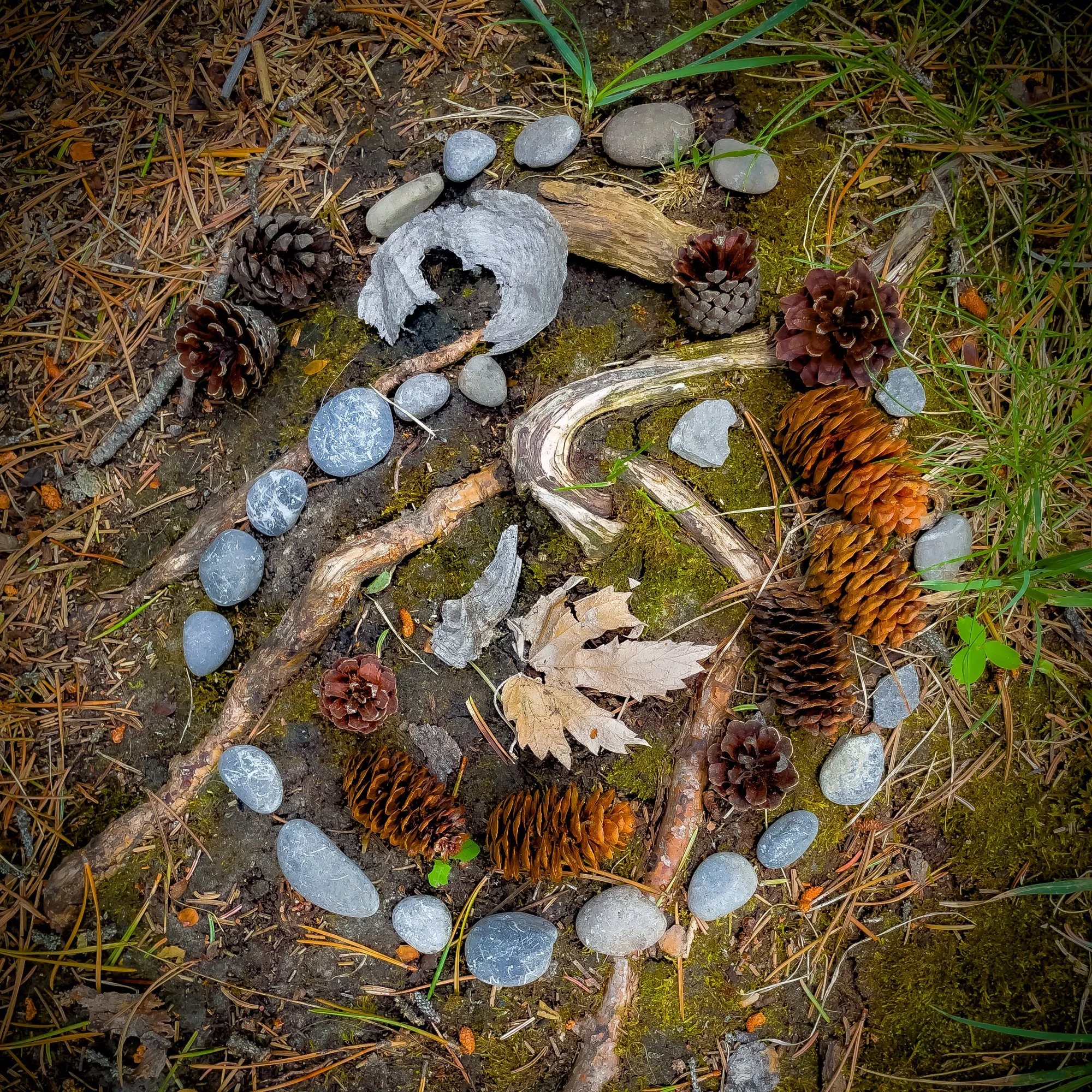












This is the beast of perfectionism: you chase yourself in circles, certain that 3 more hours spent tweaking that thing that is not yet the very best it can be is how you will be able to relax and trust you’re okay in the world.